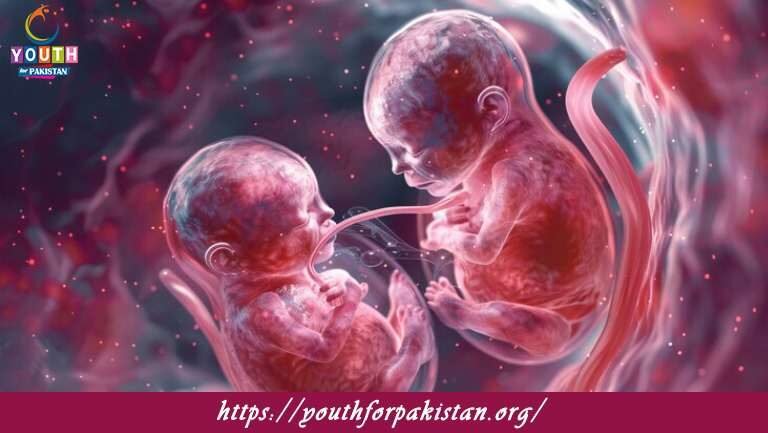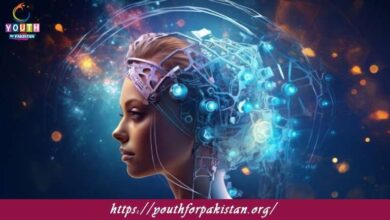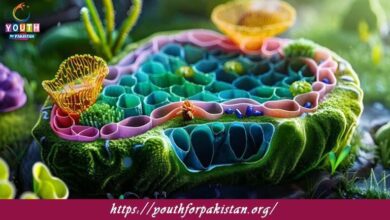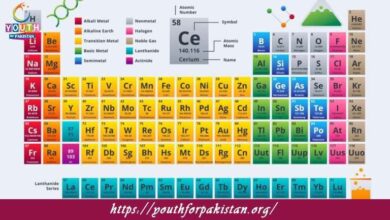12th Class Biology Chapter 18 Quiz with Answers

“12th Class Biology Chapter 18 Quiz: Reproduction” covers the biological processes that allow organisms to produce offspring and ensure the continuation of their species. Reproduction is a fundamental life process and can be classified into asexual and sexual reproduction. This chapter focuses on the mechanisms behind both forms of reproduction, highlighting their significance in maintaining genetic diversity and the survival of species. Improve your understanding with our MDCAT Quiz and free flashcards, which will help you revise and excel in this important chapter.
Asexual Reproduction: Simple and Efficient
Asexual reproduction involves a type of reproduction in which only one parent organism is involved, and the resulting offspring are genetically identical to the parent. Many organisms, including bacteria, plants, and some animals, exhibit this type of reproduction. The methods of asexual reproduction include binary fission, budding, spores, and fragmentation.
In binary fission, a single organism splits into two equal halves, each becoming an independent organism. This method is most common in prokaryotes, such as bacteria. In budding, a small part of the parent organism grows into a new individual, which eventually detaches. This method is seen in organisms like yeast and hydra. Asexual reproduction is energy-efficient and allows organisms to reproduce rapidly in favorable conditions.
Sexual Reproduction: Genetic Variation and Offspring End
Sexual reproduction is the fusion of male and female gametes—sperm and egg cells—to produce genetically diverse offspring. This happens in higher organisms, such as humans, plants, and animals. In human beings, sexual reproduction makes use of the reproductive organs, where spermatogenesis and oogenesis occur.
The sperm and egg fuse together, forming a zygote, which leads to fertilization. Further, the zygote goes through a series of divisions that form a new individual. Sexual reproduction ensures genetic variation, an essential element in the adaptability and survival of any species. In addition, the processes of meiosis and genetic recombination ensure that genetic diversity prevails, guaranteeing offspring with different unique characteristics.
MDCAT Quiz: Reproduction
Take the MDCAT Quiz on reproduction to test your knowledge of asexual and sexual reproduction. The questions will be from binary fission, budding, fertilization, gametes, and the meiosis and mitosis processes. It’s an excellent tool for reinforcing learning and preparing for relevant exam questions.
- Test Name: 12th Class Biology Chapter 18 Quiz
- Type: Quiz Test
- Total Questions: 30
- Total Marks: 30
- Time: 30 minutes
Note: Answer of the questions will change randomly each time you start the test, once you are finished, click the View Results button.
Free Flashcards for Reproduction
Use our free flashcards to review key concepts from the chapter on reproduction. These flashcards include important terms like gametes, fertilization, meiosis, and asexual reproduction methods. They are an effective study tool for quick revisions and ensuring solid retention of the material.

What is the function of the seminal vesicles in the male reproductive system?
Producing seminal fluid

Which hormone is responsible for thickening the uterine lining in preparation for pregnancy?
Progesterone

What is the name of the process by which the uterine lining is shed if fertilization does not occur?
Menstruation

What is the function of the seminal vesicles in the male reproductive system?
Producing seminal fluid

Which part of the female reproductive system is responsible for producing estrogen and progesterone?
Ovaries

Which hormone is responsible for stimulating the development of secondary sexual characteristics in males?
Testosterone

Which hormone is responsible for stimulating the development of secondary sexual characteristics in males?
Testosterone

Which part of the male reproductive system carries sperm from the epididymis to the urethra?
Vas deferens

Which hormone is responsible for stimulating the growth of the uterine lining during the menstrual cycle?
Estrogen

What is the function of the seminal vesicles in the male reproductive system?
Producing seminal fluid
Experience the real exam environment with our expertly designed collection of over 25,000 MCQs MDCAT Mock Tests.





